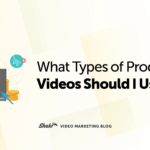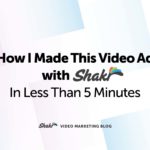The last time you made a video for social media, did you keep mobile users in mind?
For the majority of businesses, the answer to this question would be “no.” Social media is already mobile-optimized after all—why should your social video not automatically be optimized for mobile?
As it turns out, there are several important creative considerations to keep in mind when you’re creating Facebook mobile videos. This goes for both video ad campaigns and Facebook mobile videos that will just show up in your feed organically.
In this post, we’re going to take a look at how mobile audiences differ in video usage from desktop audiences, and several creative considerations you need to keep in mind to increase viewer retention rates and engagement.
How is a Mobile Audience Different than a Desktop One?
Mobile audiences are just as likely to watch videos in their Facebook newsfeed as desktop audiences. Despite this, mobile audiences have slight differences from desktop audiences that are worth considering.
The first is that the person may actually be mobile. This means that they’ll be more distracted because they might literally be on the go; it’s estimated that this makes up about 2/3 of video viewers on mobile. Mobile users are more likely to scroll through their feeds faster, making it more difficult to actually grab their attention.
Mobile viewers also have significantly lower video retention rates than desktop users, with Facebook explaining in Blueprint that many mobile users almost always drop-off after the first five seconds into viewing a video.
More people are spending more time watching videos on mobile. They’re just leaning towards shorter, quickly digestible videos. Think about an Instagram Story: 15 seconds or less, fun, and on-the-go. That’s the exact type of content mobile viewers love.
Capture Viewer Interest in 3 Seconds or Less
Yup. You’ve only got three seconds at most to capture a mobile user’s interest as they go flying through their Facebook feed. And you have to capture their interest in three seconds while the sound is off. It sounds like a bizarre plot in the marketing version of a Mission Impossible movie.
It is, however, possible to capture Facebook mobile viewers’ interest in three seconds or less. There are several ways to do this, including:
-
- Use the text describing the video to help you out. Tell users why they should watch, without spilling out all the contents of the video. The description should make them want to watch, not supplement the need to watch.
- Utilize interesting opening images, that are either attention-grabbing in nature (like the example below), or that use bright, vivid colors to stand out. Or both. Both work, too.
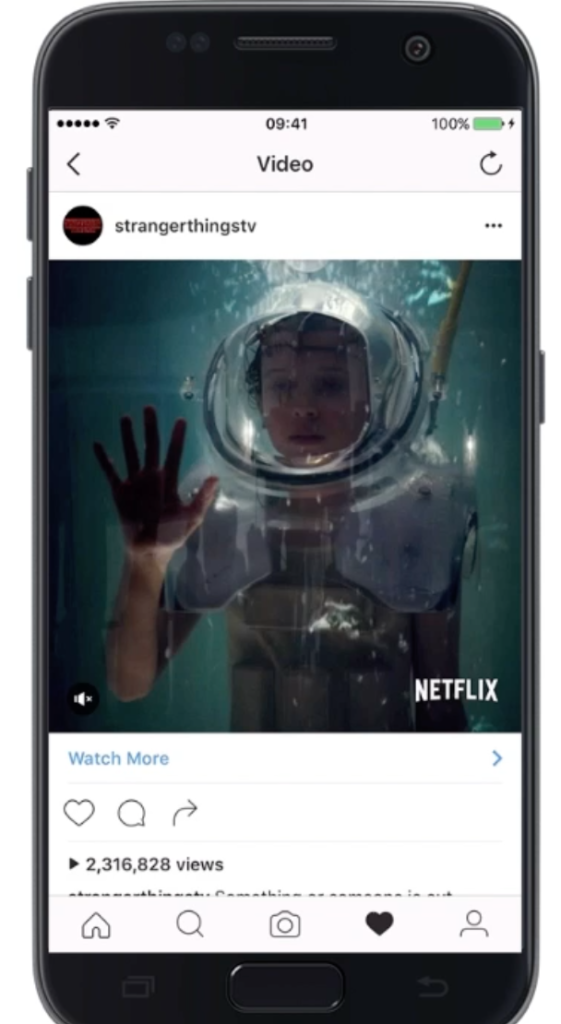
- Jump right into the video. Don’t worry about a lovely, rambling opening. Get right to the gist of it, which will help keep mobile viewer retention rates up. A great example can be seen here:
Get Your Message Across in 15 Seconds or Less
Once you capture user attention in those precious three seconds, then you have to keep it. No matter how great your video is, though, you don’t have a chance at maintaining high viewer retention rates. Videos that are three minutes long just won’t fly on Facebook mobile video.
Because of this, you need to get your message across in fifteen seconds or less. That doesn’t sound like a challenge, but if you’ve ever tried to write a 30-second script for an explainer video, then you understand.
To do this effectively, front load your video with getting viewers emotionally invested and telling them why they care. If you want to extend the video past 15 seconds, great! Plenty of desktop and some mobile viewers will keep watching. But to make your video most impactful for mobile audiences, give them everything they need to know in a quarter of a minute or less.
Create Content Designed for Vertical Viewing
If mobile viewers are interested enough in your video, they’ll click on it to make it bigger. When they do this, the video can be stretched to take up the full screen if it’s proportionate. Wide videos will become fullscreen when the phone is sideways. Since many mobile viewers will keep their phones upright, creating videos that are designed for fullscreen vertical viewing can make their viewing experience as engaging as possible.
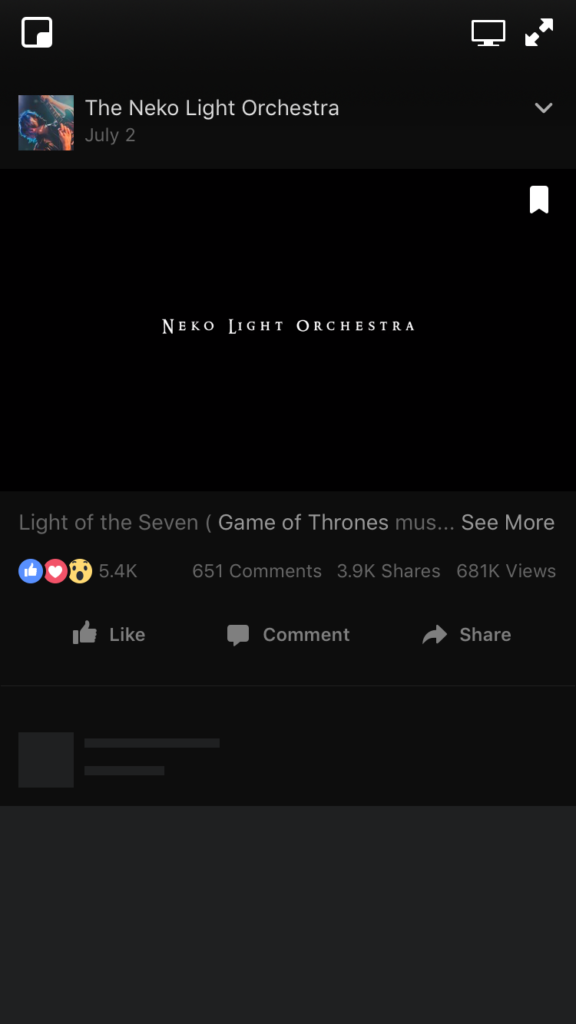
Go for Instagram Story dimensions, with an image ratio of 9:16.
Frame Your Video So In-Player Viewers Don’t Miss Anything
Even though you’re creating videos that are designed to be watched vertically on mobile screens, that’s not how they’ll initially show up in Facebook’s mobile video player. You’ll need to frame your video so that it’s well-cropped, ensuring that nothing of importance is missing.
When you upload your video to Facebook, you’ll see the option to drag it and “crop it” as it will be viewed in a Facebook player.
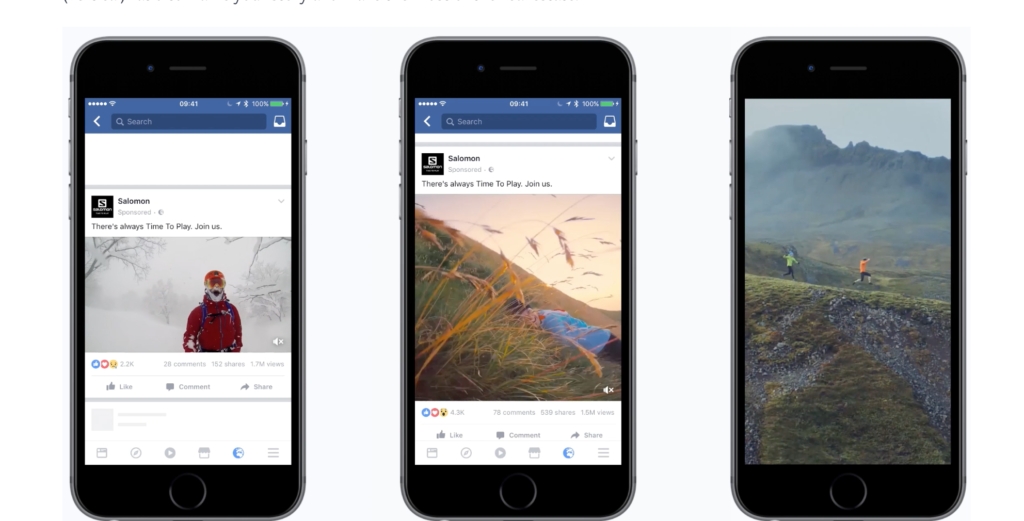
To ensure that your video will fit into this frame long before you have to go back and edit it, make sure that the important elements of the video stay consistently towards one part of the frame. Typically, this will be the middle of the video’s full screen, but it also may be near the top.
Anticipate Viewers Watching With & Without Sound
It’s no secret that many videos are played without sound. That means your video has to be plenty captivating without sound. You should never count on mobile users to enable sound when watching your video, so plan around that when creating the video. The video below from Ava, for example, doesn’t work at all without sound- there’s no real visual indications what it’s about.
This video from Hubspot, however, would do great:
Add subtitles to every single video you share on Facebook. This will benefit you for both desktop and mobile, but it is particularly important on mobile where many viewers watch an entire video without sound- even if they’re interested.
Regardless, while you don’t want to count on the fact that users will turn on the sound, you don’t want to rule out the option that they will, either. If users enable sound, make sure that the music, sound effects, and/or narration is worth listening to. It should actively enhance the ad.
Conclusion
Just because social media sites—and their apps—are already mobile-optimized doesn’t mean that you don’t have to take any extra considerations into account when creating content for them. Since increasing numbers of Facebook’s userbase are predominantly mobile users (or even only mobile users), it’s essential to consider what types of videos mobile users most want to see. By keeping the above creative strategies in mind, you’ll be able to create more effective, engaging Facebook mobile videos to win over those easily-distracted, on-the-go viewers.
Want some help creating professional quality, Facebook mobile videos? As a Facebook marketing partner specializing in video editing software, Shakr has you covered. Learn more here.

